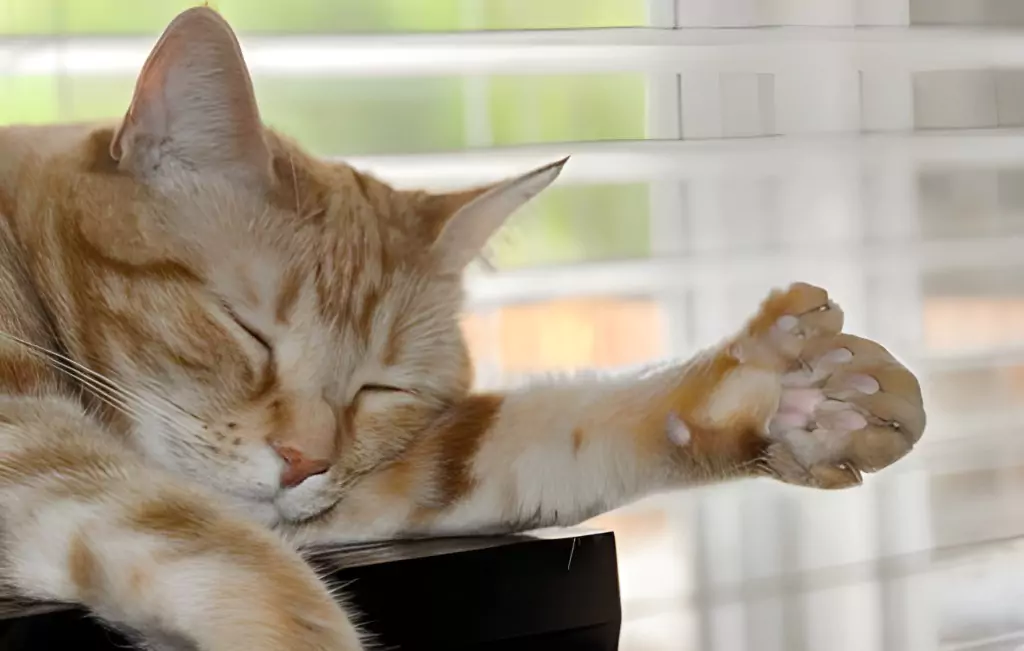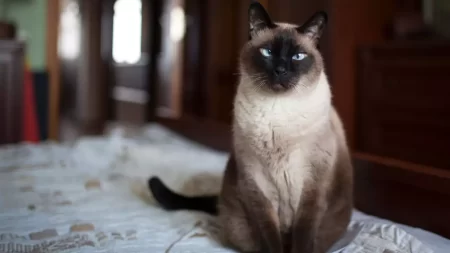Cats can have different numbers of toes depending on their genetics and breed. The normal number of toes for a cat is 18, but some cats have extra toes due to a condition called polydactyly. In this article, we will explore the causes, variations, and implications of polydactyly in cats.
Understanding Cat Toes
Cats have five toes on each front paw and four toes on each back paw, making a total of 18 toes. However, some cats have more than 18 toes due to a condition called polydactyly, which means having extra digits. Polydactyl cats can have extra toes on one or more paws, and the extra toes can vary in size, shape, and functionality.
Polydactyly is not a disease or a defect, but a genetic variation that occurs naturally in some cats. Polydactyl cats are also known as “mitten cats”, “thumb cats”, or “Hemingway cats”, after the famous writer Ernest Hemingway, who owned many polydactyl cats at his home in Key West, Florida.
What Causes Polydactyly in Cats?

Polydactyly in cats is caused by a dominant gene mutation that affects the development of the paws in the womb. The gene mutation can be inherited from either parent, or it can occur spontaneously in a kitten. Polydactyly is not linked to any health problems or disadvantages for the cats, and it does not affect their lifespan or quality of life.
Polydactyly is more common in some breeds of cats than others, especially in Maine Coon cats, which have a high prevalence of polydactyly. Maine Coon cats are one of the largest and oldest breeds of domestic cats, originating from the state of Maine in the United States. Polydactyly was once considered a desirable trait in Maine Coon cats, as it was believed to help them with hunting, climbing, and surviving in harsh weather conditions.
How Many Toes Can Cats Have?
The number of extra toes that polydactyl cats can have can vary widely, ranging from 6 to 7 toes per paw. The most common type of polydactyly is when the cat has one extra toe on each front paw, resembling a thumb. The extra toe is usually located on the inner side of the paw, and it may or may not have a claw.
The record for the most toes on a cat is held by a polydactyl cat named Jake, who has 28 toes in total, 7 on each paw. Jake is a ginger tabby cat from Ontario, Canada, and he was recognized by the Guinness World Records in 2002. Jake’s extra toes are fully functional and he can use them to grip objects and open doors.
Implications of Polydactyly in Cats
Polydactyly in cats can have some benefits and challenges for the cats and their owners. Some of the benefits of polydactyly are:
- Polydactyl cats may have better balance, agility, and grip than normal cats, as they can use their extra toes to support their weight and manipulate objects.
- Polydactyl cats may have an advantage in adapting to different environments and climates, as they can use their extra toes to walk on snow, sand, or rocks.
- Polydactyl cats may have more personality and charm than normal cats, as they can use their extra toes to express their emotions and communicate with their owners.
Some of the challenges of polydactyly are:
- Polydactyl cats may require special care for their nail and paw hygiene, as their extra toes can be prone to infection, ingrown nails, or deformities.
- Polydactyl cats may need regular trimming of their nails, especially if they are indoor cats or if their extra toes do not have claws.
- Polydactyl cats may face some discrimination or stigma from breeders or owners who prefer purebred or standard cats, as polydactyl is not recognized by some cat associations or registries.







